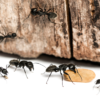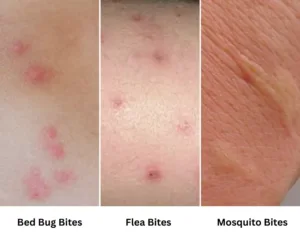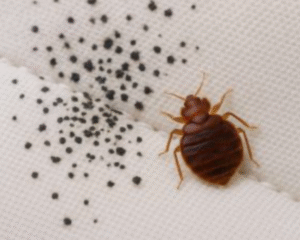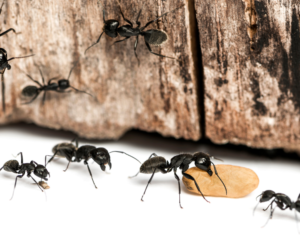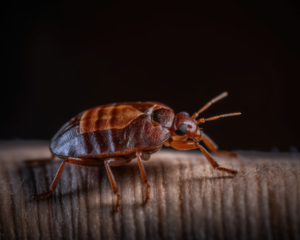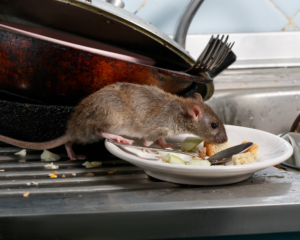How to Identify Bed Bugs (vs Other Similar Looking Bugs)?
Waking up with mysterious bites or spotting tiny insects in your home can be unsettling. But before you panic, it’s important to know this: not every small, reddish-brown bug is a bed bug. Many other insects—like carpet beetles, bat bugs, or even flea infestations—are commonly mistaken for them. Misidentification can lead to wasted time, stress, and money on treatments that don’t work.
In this guide, we’ll help you correctly identify bed bugs, highlight the common “look-alike” insects that confuse homeowners, and share practical next steps if you think bed bugs may be in your home.
What Do Bed Bugs Look Like?
Bed bugs are small, oval-shaped insects about the size of an apple seed (5–7mm). They are reddish-brown, flat when unfed, and balloon-like after feeding.
Adults: Flat, oval, reddish-brown, 5-7mm long.
Nymphs (young bed bugs): Smaller (1-4mm), lighter in color, often translucent.
Eggs: Tiny, pearl-white, about the size of a pinhead.
Tip: Bed bugs don’t fly or jump. If you see something hopping around, it’s not a bed bug.
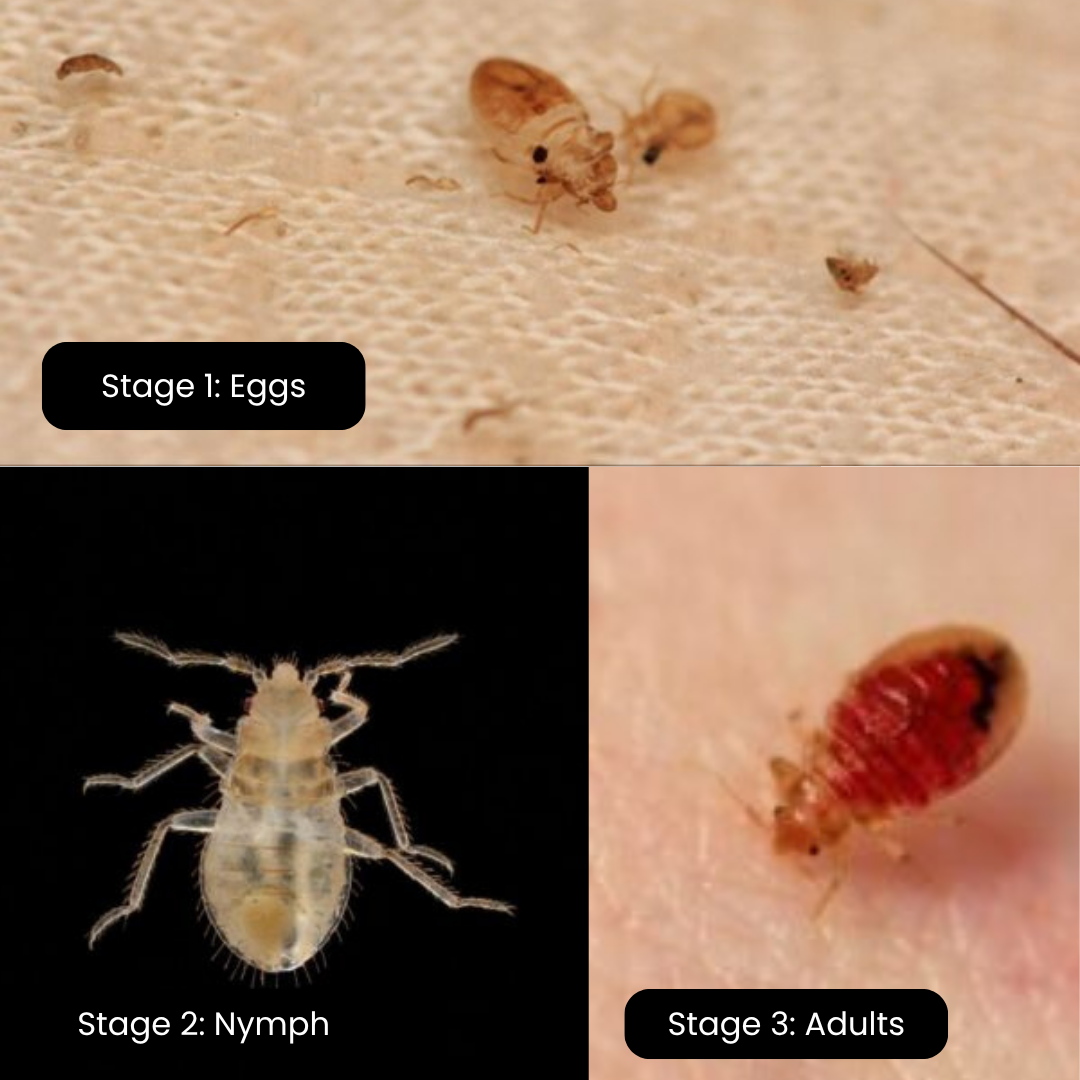
Image Courtesy – Orkins
Common Signs of Bed Bug Infestations
Bed bugs don’t always reveal themselves right away. Here are the top signs to look for:
Bites: Red, itchy welts often appear in lines or clusters on exposed skin.
Blood stains: Rust-colored marks on sheets or pillowcases from crushed bugs.
Fecal spots: Tiny, dark dots (like ink stains) along mattress seams or furniture joints.
Shed skins: Bed bugs shed their exoskeletons as they grow.
Musty odor: A sweet, foul smell in rooms with heavier infestations.

Images taken from various sources.
Bugs That Look Like Bed Bugs (and How to Tell Them Apart)
1. Carpet Beetles
- Rounder and fuzzier than bed bugs.
- Don’t bite—damage comes from larvae feeding on fabrics.
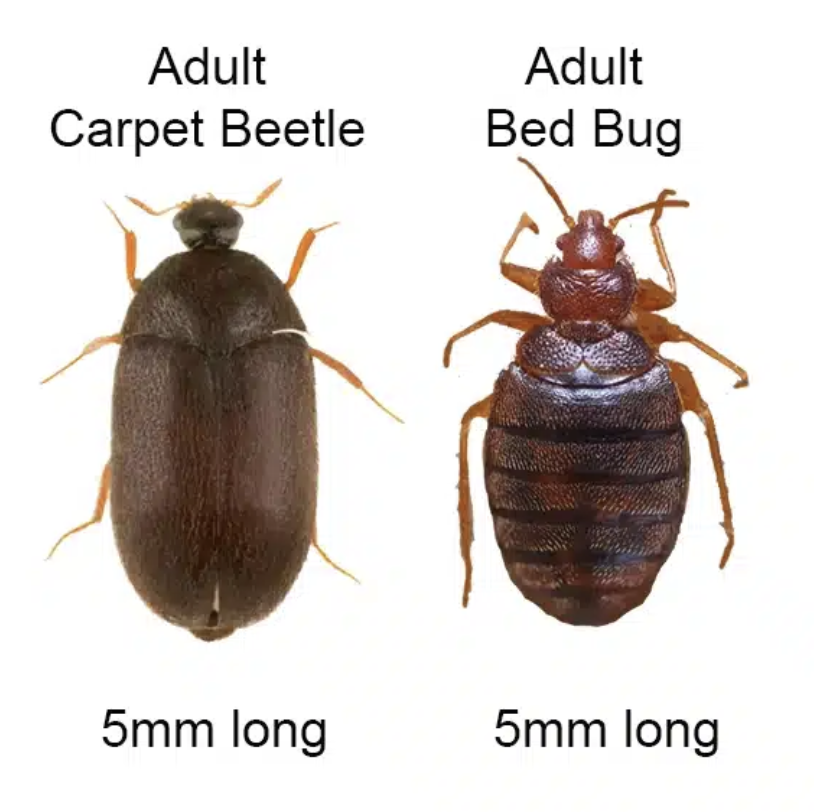
Image Courtesy: Bed Bug Barrier
2. Bat Bugs
- Almost identical to bed bugs.
- Key difference: longer hairs behind the head. Often found where bats roost.
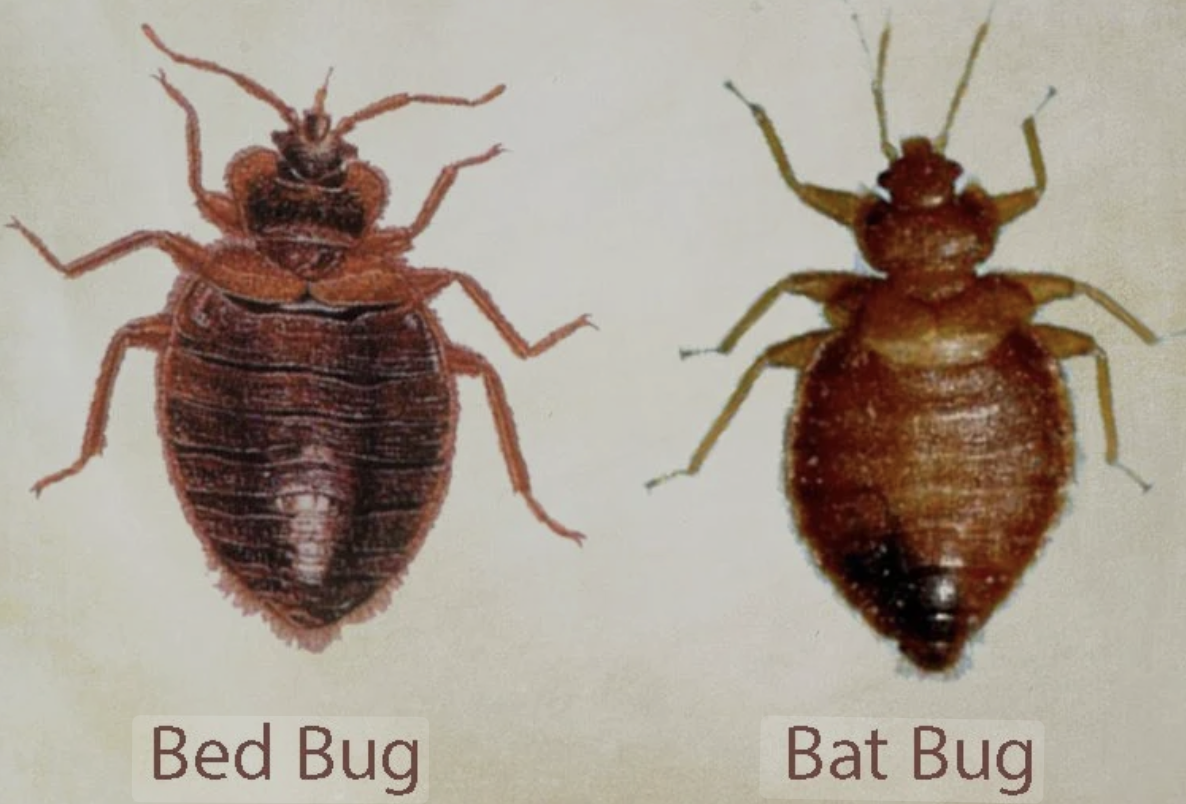
Image Courtesy: Presidio Pest Management
3. Fleas
- Much smaller, laterally flat, and can jump.
- Usually target ankles and lower legs.
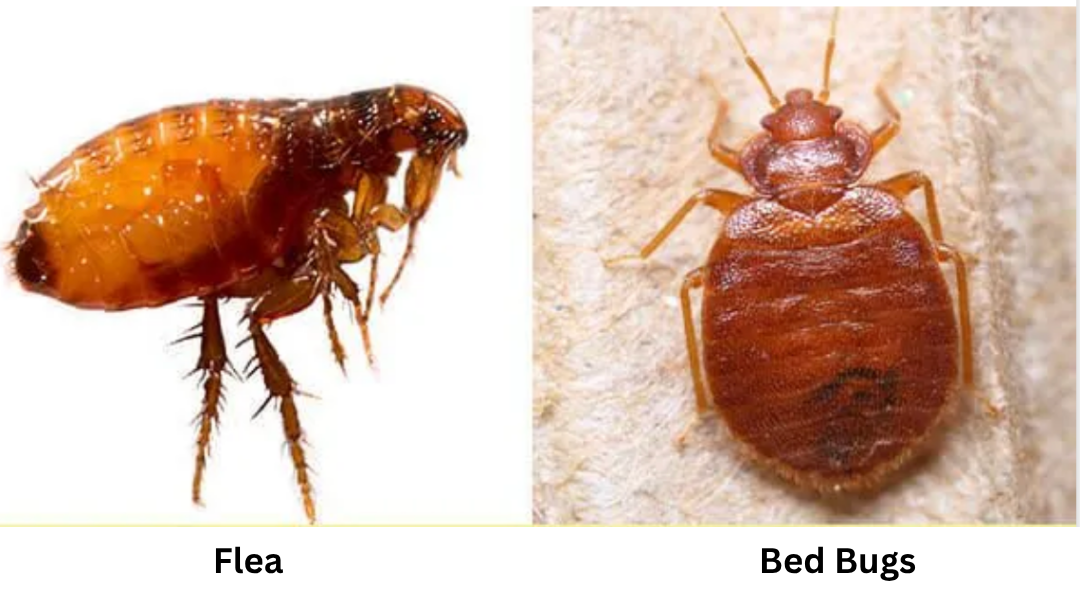
4. Cockroach Nymphs
- Similar size but longer antennae and more cylindrical bodies.
- Found in kitchens/bathrooms, not bedrooms.
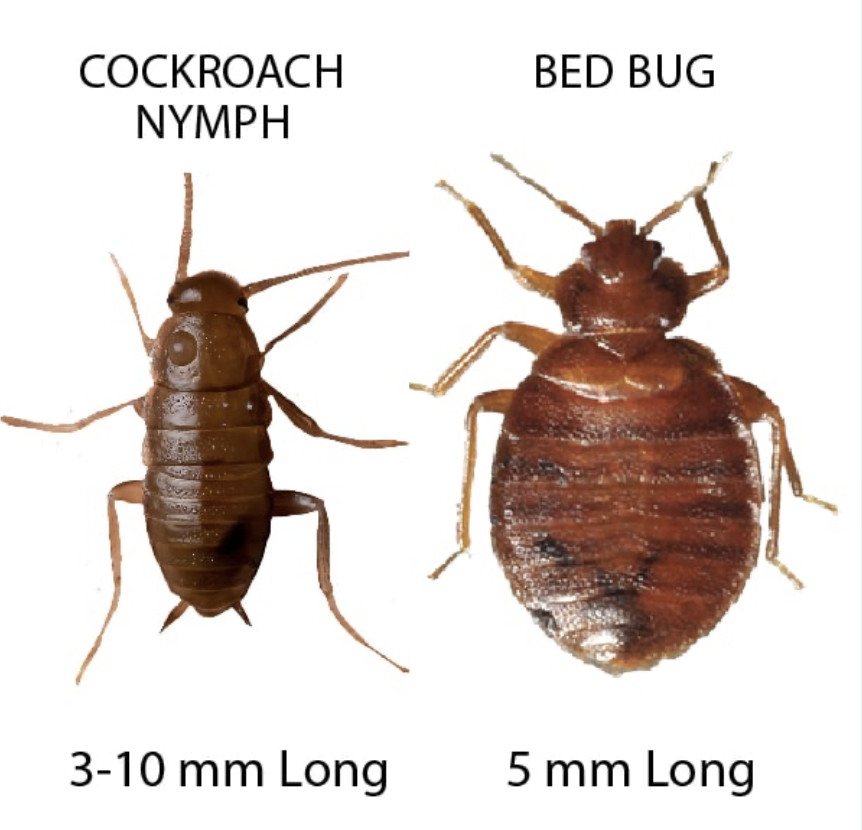
Image Courtesy: Bed Bug Barrier
5. Spider Beetles
- Reddish-brown, rounded, with long legs and antennae.
- Attracted to stored foods, not blood.
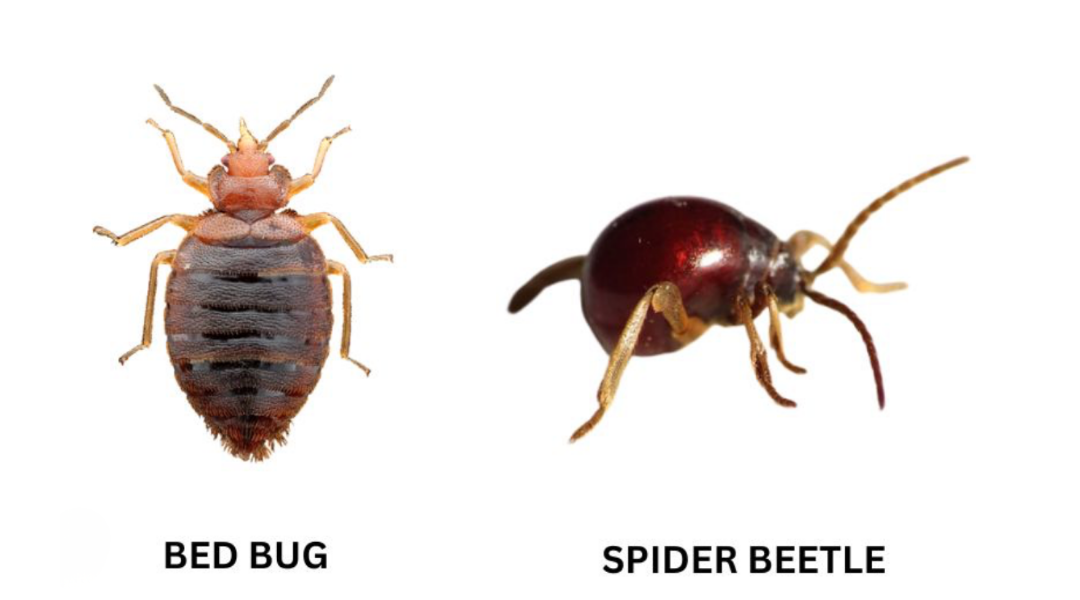
Pro Tip: If the bug jumps, has long antennae, or is round and fuzzy—it’s not a bed bug.
What to do if you’re unsure?
- Use detection traps: Bed bug monitors and traps can help confirm if they’re present.
- Capture a specimen: Place one in a clear plastic bag or container for closer inspection.
Beapco’s Bed Bug Detection Traps makes it easy to confirm bed bugs early – before the problem spreads.
Create a safe space for you and your family with BEAPCO Products. Products ranging from Bed Bug dissolvable Laundry bags, Bed Bug Trays to Power Bars with Bed Bug Detection Traps all are available on our Shop Page.
Conclusion
Correctly identifying bed bugs is the first step toward solving the problem. Confusing them with look-alike pests can waste time and money, while giving real infestation more time to grow. If you notice suspicious signs, act quickly with reliable detection tools and prevention products.
Visit www.beapcoproducts.com for timely detection.

